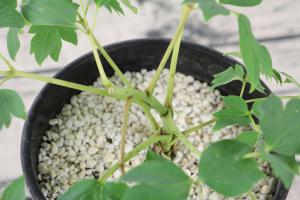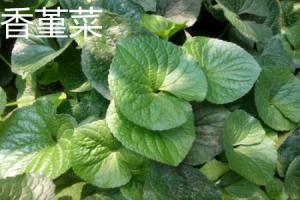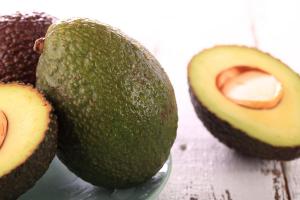When to Prune Young Tomato Plants
Tomatoes are a wonderful fruit that can add flavor and color to any dish. With proper care, tomato plants can yield a bountiful harvest. One important aspect of tomato plant care is pruning, which involves removing some of the plant's foliage and stems. But when is the best time to prune young tomato plants? In this article, we will discuss the ideal timing for pruning and the benefits of doing so.
Benefits of Pruning Young Tomato Plants
Pruning young tomato plants can lead to a number of benefits, including:
Improved air flow around the plant
Promotion of strong, healthy growth
Bigger and better fruit
Prevention of diseases and pests
When you prune your tomato plant, you allow more sunlight and air to reach the plant's interior. This can help prevent fungal growth and disease, as well as encourage strong, healthy growth. By removing some of the plant's foliage and stems, you can also direct the plant's energy to its fruits, resulting in bigger and better yields.
When to Prune Young Tomato Plants
Pruning should typically start when tomato plants are about 12 inches tall or have developed their first set of true leaves. At this point, the plant will have at least two main stems. The goal is to remove the "suckers," which are shoots that grow in the crotch between a main stem and a branch. If left unchecked, suckers can grow into full-blown branches, which can consume the plant's energy without producing much fruit.
It's important to note that not all tomato plants need to be pruned. Determinate tomato plants are bred to grow to a certain height and then stop, so they don't need pruning. Indeterminate tomato plants, on the other hand, can grow indefinitely until frost, so pruning is beneficial for these plants.
How to Prune Young Tomato Plants
When you prune your tomato plant, you want to be gentle and careful not to damage the plant. Here's a step-by-step guide:
Locate the suckers: Look for shoots that grow in the crotch between a main stem and a branch.
Pinch off the suckers: Using your fingers, gently pinch off the sucker at the base. It's best to do this when the suckers are small and pliable.
Remove excessive foliage: If branches or leaves are growing lower on the plant, away from the fruit, you can remove them to improve air flow.
Remember to always use sharp, clean pruning shears or scissors when removing larger branches or stems.
Conclusion
Pruning young tomato plants can help promote strong growth, disease prevention, and bigger and better fruit. It's important to start pruning when the plant is about 12 inches tall and has at least two main stems. By removing suckers and excessive foliage, you can help direct the plant's energy to where it will be most productive.

 how many times do yo...
how many times do yo... how many planted tre...
how many planted tre... how many pine trees ...
how many pine trees ... how many pecan trees...
how many pecan trees... how many plants comp...
how many plants comp... how many plants can ...
how many plants can ... how many plants and ...
how many plants and ... how many pepper plan...
how many pepper plan...































